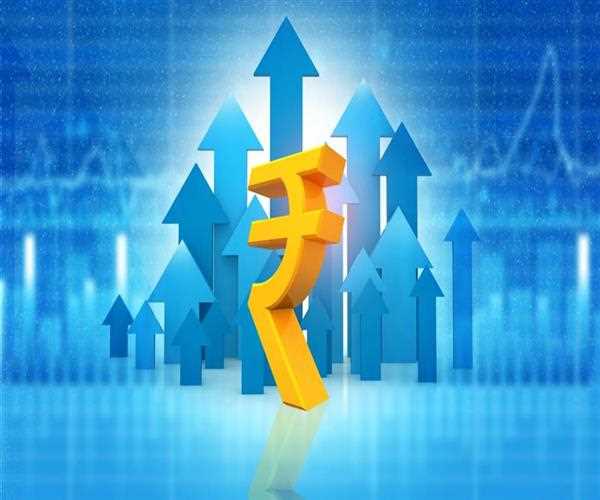Search here

02-Feb-2023
What Is Digital Rupee and how Is It Different From Cryptocurrency
The digital rupee is a new type of digital currency that has been gaining traction in recent months. It is similar to cryptocurrency but is different in certain aspects, such as being backed by the Indian government and having different features. Digital rupee could potentially be the future for India's financial system. In this blog article, we will discuss what digital rupee is and how it differs from cryptocurrency. We will also explore its potential implications on India’s economy and the global financial landscape. Read on to learn more about this innovative form of money!
Digital rupee is a type of cryptocurrency that is based on the blockchain technology. It is different from other cryptocurrencies because it is backed by the government of India. The Reserve Bank of India (RBI) has been working on a digital version of the Indian rupee, which will be called the 'digital rupee'.
The main aim of introducing the digital rupee is to reduce the use of cash in the economy and to promote digital payments. The RBI has not yet released any details about how the digital rupee will work, but it is expected to be launched in 2019.
But how is it different from cryptocurrency
Cryptocurrency is a digital asset designed to work as a medium of exchange that uses cryptography to secure its transactions, to control the creation of additional units, and to verify the transfer of assets. Cryptocurrency is decentralized, meaning it is not subject to government or financial institution control.
Digital rupee, on the other hand, is a proposed digital currency that would be issued by the Reserve Bank of India (RBI). It would be centralized, meaning it would be subject to RBI control. The RBI has not yet announced whether or when it will issue digital rupee.
Talking about the benefits, there are many benefits of digital rupee, including:
1. Increased Efficiency: Digital rupee can be sent and received instantly, 24/7. There are no bank holidays or processing delays.
2. Lower Costs: Sending and receiving digital rupee is usually free or very low cost. There are no transaction fees like there are with credit cards or traditional bank transfers.
3. Greater Security: Digital rupee transactions are encrypted and secure. They cannot be tampered with or reversed.
4. Anonymity: If you want, you can transact anonymously with digital rupees. However, most digital wallets require some personal information to set up an account.
5. Worldwide Acceptance: More and more businesses are accepting digital rupee as a form of payment every day.
In order to use digital rupee, you will need to have a digital wallet that supports the currency. You can then use this wallet to send and receive payments in digital rupee. The process is similar to using any other cryptocurrency, but there are some important differences to keep in mind.
First of all, digital rupee is not decentralized like most cryptocurrencies. This means that it is subject to the same regulations as traditional fiat currencies. As such, you will need to comply with KYC and AML requirements when using digital rupee.
Secondly, digital rupee is not anonymous. All transactions made using the currency are recorded on a public blockchain. This means that your identity can be traced if someone were to attempt to hack your wallet or steal your coins.
Finally, unlike some cryptocurrencies, digital rupee cannot be mined. This means that there is a finite supply of the currency, which could potentially lead to inflation if demand exceeds supply.

SEO and Content Writer
I am Drishan vig. I used to write blogs, articles, and stories in a way that entices the audience. I assure you that consistency, style, and tone must be met while writing the content. Working with the clients like bfc, varthana, ITC hotels, indusind, mumpa, mollydolly etc. has made me realized that writing content is not enough but doing seo is the first thing for it.
Comments
Join Our Newsletter
Subscribe to our newsletter to receive emails about new views posts, releases and updates.
Copyright 2010 - 2025 MindStick Software Pvt. Ltd. All Rights Reserved Privacy Policy | Terms & Conditions | Cookie Policy